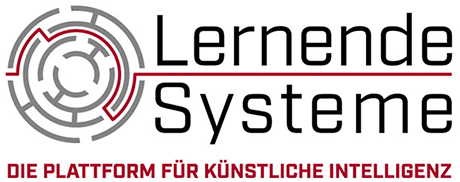
Mr Suchy, what characterizes successful change management in the introduction of Artificial Intelligence?
Oliver Suchy: Transparency and openness, competence, participation and process-oriented co-determination are crucial. Change processes are nothing new in German companies, but the introduction of AI in operations requires precisely this: A further development of participative approaches and co-determination processes, which should not only be selective, but - this is the special thing about learning systems - equally learning and therefore both preventive and continuous. AI in the workplace therefore needs new governance.
What are the specifics of transitioning to working with AI systems compared to other technologies?
It is important to conduct an operational impact assessment. First, the company needs to clarify some important questions: What kind of AI do I have? What can an AI do? How does the system learn and what criteria are used to make decisions? So, also: what control options are there? What data is used and how? And last but not least: What effects can be expected for the organization of work? Will jobs be eliminated or how will they be changed? What qualifications are needed? How do workload profiles change? The prerequisite for answering these questions is a high degree of transparency about the AI application, which must be demanded from the AI provider. Because only if I know enough about how the AI works can I assess its so-called 'criticality' - an important step for operational impact assessment. Criticality describes, for example, the degree of autonomy of the system. The depth of regulation is derived from this. This also applies to the question of whether employee data should be used, and if so, what data should be used for what purpose. Conflicts of interest can arise here, so employees and company representatives should be closely and bindingly involved from the outset. Process-oriented agreements on these issues are best.
How can companies prepare their employees for change?
I think this requires a broader understanding: It's less about 'taking' employees along, but rather ensuring genuine empowerment. This includes lifting the curtain and disclosing what the benefits of the AI system are and how they are to be realized. In the same way, it should be made clear what this means for specific jobs, whether it means an upgrading or can lead to devaluations or even job losses. Identifying qualification needs and planning possible retraining is part of the process right from the start. By empowerment, I mean that employees should also have a greater say and have a greater say in shaping the company. For example, the knowledge gained from experience should be used to design the interfaces between man and machine. At the same time, binding agreements are needed on the goals and processes, the use of data, and continuous review and adjustment options. Employee participation should be established not only selectively or purely informatively, but permanently and creatively.
